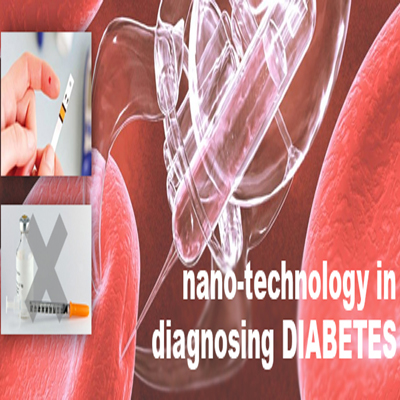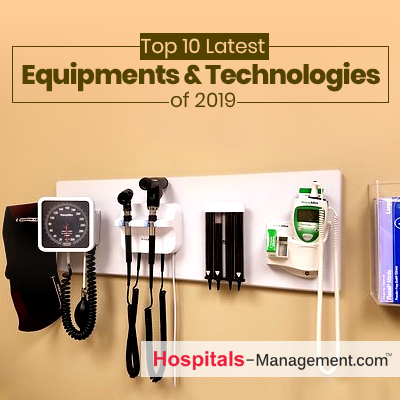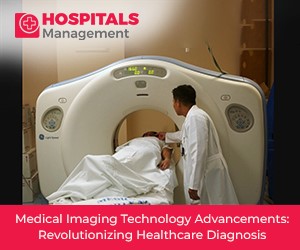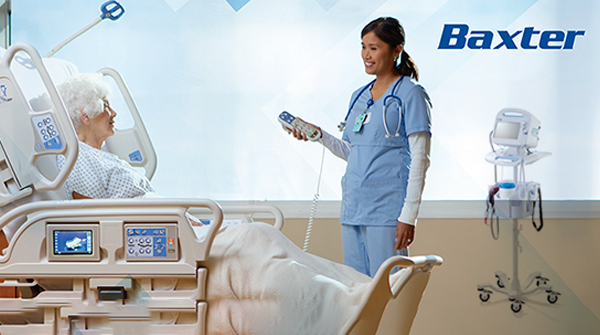Microchip Nanotechnology can easily diagnose Type-1 Diabetes

An affordable new portable device that could help diabetic patients breathe a little, is on its way!
Researchers from Stanford University School of Medicine have developed a new portable device that can help diagnose Type -1 diabetes. This device uses nanotechnology to diagnose the disease which reports say, can help in making better such patients’ health worldwide. Medical experts too can understand the patient better with this new device in healthcare.
This device, as put by the developers, can detect Type 1 diabetes in non-hospital settings and this eventually can speed up treatment thereby giving room to experts to analyse the disease development.
The study authors also have mentioned that the device will be able to differentiate between two main types of diabetes mellitus, both marked by high blood glucose levels, but however, hve different causes and treatments for recovery. At the moment, determining which one is the patient suffering from, requires a slow and definitely not cheap test, available only in select healthcare facilities.
“With the new test, not only do we anticipate being able to diagnose diabetes more efficiently and more broadly, we will also understand diabetes better – both the natural history and how new therapies impact the body,” explained senior author and assistant pediatric endocrinology professor Dr. Brian Feldman.
The changing demographics of each form of the disease, argues Dr. Feldman and his colleagues, has been making it increasingly difficult to categorize patients totally based on ethnicity, age or weight. There is more to this. A lot of evidences that have been collected suggest that treating the Type 1 diabetes shortly after it being diagnosed helps in making better the patient’s long term prognosis thereby meaning that healthcare providers can benefit greatly from improved testing procedures for the disease.
“Decades ago, type-1 diabetes was diagnosed almost exclusively in children, and type-2 diabetes almost always in middle-aged, overweight adults,” the university said. “The distinction was so sharp that lab confirmation of diabetes type was usually considered unnecessary, and was often avoided because of the old test’s expense and difficulty.” That has changed in recent years, however.
Due to a rise in obesity among children, nearly a fourth of all diagnosed young people have Type-2 diabetes. For unknown reasons, likewise, the diagnoses for Type 1 diabetes have been on the rise, among adults.
“Type-1 diabetes is an autoimmune disease caused by an inappropriate immune-system attack on healthy tissue. As a result, patients’ bodies stop making insulin, a hormone that plays a key role in processing sugar,” the university said. “The disease begins when a person’s own antibodies attack the insulin-producing cells in the pancreas.”
“The auto-antibodies are present in people with type-1 but not those with type-2, which is how tests distinguish between them,” it added. “A growing body of evidence suggests that rapid detection of, and aggressive new therapies for, type-1 diabetes benefit patients in the long run, possibly halting the autoimmune attack on the pancreas and preserving some of the body’s ability to make insulin.”
Researchers are gathering evidence that suggest that by an early detection followed by an aggressive treatment of Type 1 diabetes, doctors and healthcare providers can put an end to the autoimmune attack on the human pancreas, thereby helping the body to preserve its ability to produce insulin.
The previous method of testing was using radioactive materials to detect auto-antibodies, a process that was time-consuming and also extremely expensive for patients to bear as only highly trained professionals could have carried these tests out. On the other hand, the new method takes only a couple of minutes, is cheap around $20 for a chip that can be used for about 15 tests, and does not require much training to administer. Not much blood is required for carrying out this test, just a prick unlike a laboratory based blood draw. The new method relies on a fluorescent-based method of detecting antibodies.
“Nanoparticle-sized gold coats the base of each and every chip, thus intensifying the fluorescent signal and allowing antibodies to be detected” as mentioned by the experts. The device is awaiting the FDA approval and can save time and money of a number of patients, globally.
source:redorbit.com







